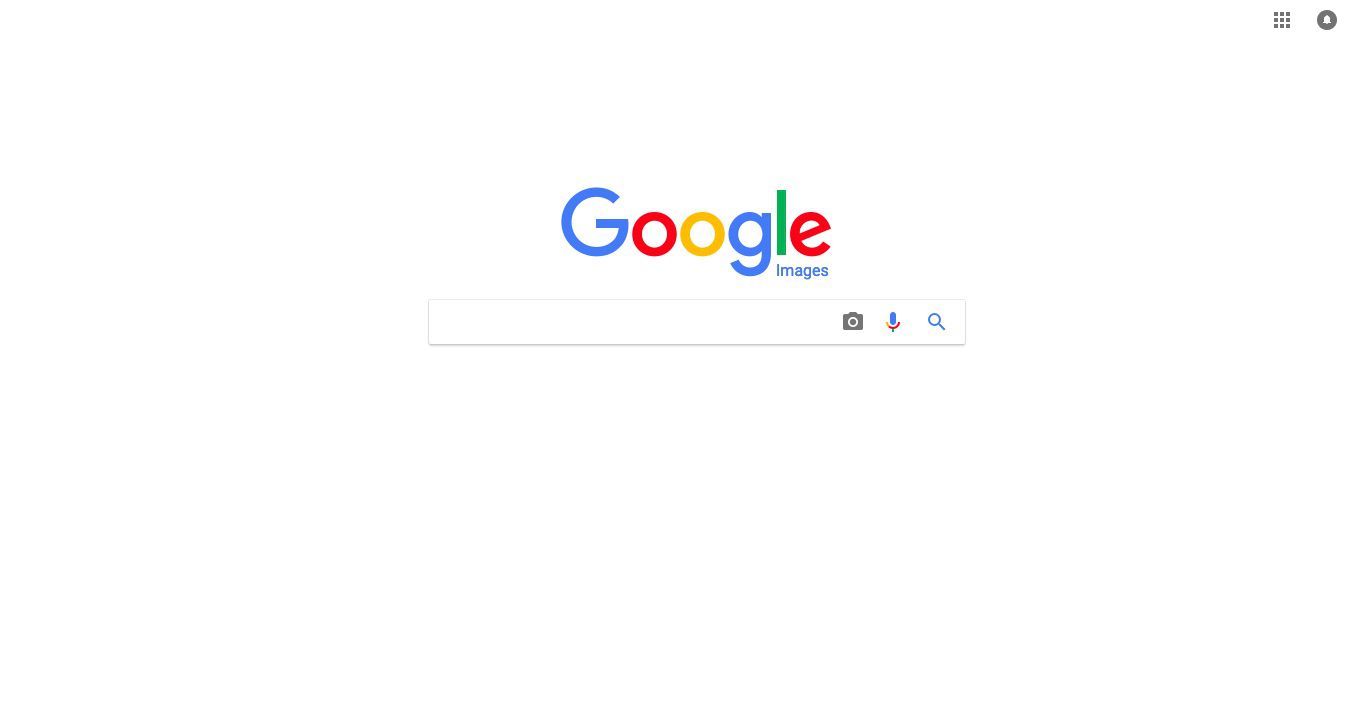A Look at Why Google Prefers Responsive Web Design?

Google regularly delivers advice to the web developers and designers, so that they must optimize their sites for the algorithms of search engines and also for SEO. Recently, Google took a position on a spicy topic that is called RWD. Now the question that comes in mind is what is RWD? Well, the same term stands for Responsive Web Design. It is a methodology to web design which intended at created sites to offer an optimal viewing experience, navigation with low resizing and easy reading, planning and also scrolling-across various types of devices.
These devices range from desktop computers to mobile phones. The major and common benefit of Responsive Web Design is that it easily allows for single URL and the single content source. The website of Responsive Web Design can give any screen size or device, so people don’t need to create different sites for desktop devices, mobiles, and tablets, etc. After understanding the RWD properly and its importance, another question raises and that is why it is important to Google?
Table of Contents
Google’s Preferences
Well, Google prefers that webmasters track the industry best preparation of using web project, specifically serving the one HTML for all types of devices, making use of media queries to choose version on every device. To understand the same thing in more easy language, the use of media queries is recommended by Google, and the same create the backbone like a part for Responsive Web Design. The queries of media allow the sites to settle to any size.
What Are The Three Separate Mobile Designs?
Though Google notes that responsive Web Design is only its recommended option for design, Google also notes that there are two other approaches also to mobile design, that consist is making use of the dynamic serving site and different URLs. The dynamic serving user experience design site makes use of the same URL irrespective of device, instead of it the same generates a separate version of HTML for the types that are based on what server knows about the browser of users. Different URL configuration means to create two different sites, one for the desktop and another for mobile.
In different URL configuration, the system automatically and easily finds which device the individuals are using and then sends them to the mobile version or the desktop version. The Responsive Web Design, active serving sites, and different URLs are three possible methods available for mobile design. Responsive Web Design is the best and stress-free. RWD needs more front-planning and costs that can run up to a higher level in the starting. With the help of Responsive Web Design, individuals have single URL for all types of content, which offers a streamlined experience to the users, no redirects and flexible orientation.
The dynamic serving sites are offering faster loading and also have single URL, but on the side, the individual must have to set numerous custom pages and multiple sets of that particular or same content. With responsive web design, one only go through the web pages from any device, which makes things easier, simpler and efficient for users. Apart from the three ways of mobile design, the last way or you can say option which the Google lists is designing a different mobile site, where the particular system finds the mobile visitors and sends them to a separate, mobile-improved site.
Only the mobile users are able to watch the same website, the users that make use of tablet still see the real desktop website. According to Google, the reason behind handling a different mobile or desktop website configuration is that it permits you to design a modify user experience and also to make the changes easy. Users and people have to carefully take proper care of the URLs, conveys, and integrations between your non-mobile and mobile sites. With this, like the advantages of dynamic serving URL, having two sets different sets of content in two separate web pages make the management of data complicate and complex.
Know More About Progressive Web Apps
Well, the Progressive Web Apps are known as PWAs. Users and people are familiar with PWAs, though there are only some sites available that give access to the same technology. Progressive Web Apps are acted like app in every single way, but one doesn’t need to download them to make use. The PWAs are used via the browsers and also make use of CSS and JavaScript, also with HTML, to design nearly the best load speeds. Leveraging their global resource identifiers or you can say URI, Progressive Web Apps are connected when shared or bookmarked by any web user.
There are some advantages of PWAs are present and about which all users and people must know to make full and efficient use of it. The mentioned are some advantages given –
- It offers the ability to perform the work offline.
- Provide global access to all web browsers and all types of devices.
- Equivalent load speeds with AMP.
- Supply quick transitions among the web pages and navigation as compared to old mobile domains.
- Interfaces like the native apps.
- Linkable and indexable
- Also, offer users with the ability to send push notifications
Mainly the Progressive Web Apps are used by the e-commerce stores to design quicker checkout times and also to provide the best experience to users. The same things or apps can enhance appointment on the user’s website and enhance conversions via their ability to control offline resources and also the push notification to interacting with all other users.
Final words
So, they require to go mobile can’t be excessive, though people already previous beating the done horse. Responsive Web Design or RWD is the great and the best foremost step, but it doesn’t go far for the businesses which are competing. For all the platforms based on e-commerce, joining the AMP with a PWA design seriously provides the best configuration of mobile these days. All the people have to do is go with a mobile-friendly website.





